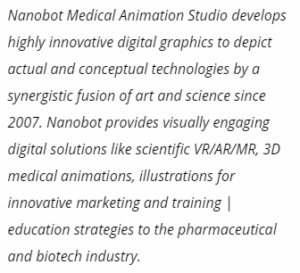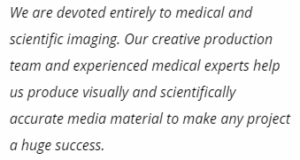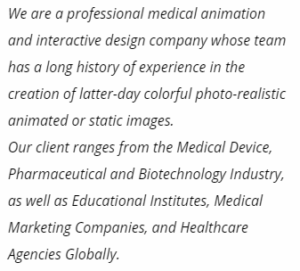We live in a world where technology is progressing at an unpredictable pace. Virtual reality has made it possible to show and see things that have never existed with the uncanny vividness of lifelike animation. But non-experts can hardly know the difference between computer-simulated models and the real thing in movies as computer animation still looks a bit clumsy, especially when it comes to animated humans and animals.
However, it’s about to change. A team from the University of California, Berkeley is on the way to make computer animation more realistic by using Artificial Intelligence to replicate human motions including advanced movements like break dancing and acrobatics.
“This is a pretty big leap from what has been done with deep learning and animation. In the past, a lot of work has gone into simulating natural motions, but these physics-based methods tend to be very specialized; they’re not general methods that can handle a large variety of skills,” says Xue Bin, UC Berkeley graduate.
How lifelike animation looks like
Source: UC Berkeley researchers created a virtual figure that can facilitate more lifelike animation. (Video by Roxanne Makasdjian and Stephen McNally. Simulation animation by Jason Peng)
What is so complicated and time-consuming about traditional animation is that each controller which is responsible for walking, running, and so on has to be designed individually. UC Berkeley researchers have created an AI algorithm that can simulate different motions without the need to develop them individually taking the realistic and lifelike animation to the next level.
“The advantage of our work,” Peng said, “is that we can get the best of both worlds. We have a single algorithm that can learn a variety of different skills, and produce motions that rival if not surpass state of the art in animation with handcrafted controllers,” explains Xue Bin.
Lifelike animation development from UC Berkeley researchers can benefit 3D medical animation with complex micro processes and motions that take place inside the cells and molecules. Check out our case studies to see it with your own eyes.




The post Creating more realistic and lifelike animation appeared first on Nanobot Medical Animation Studio.








